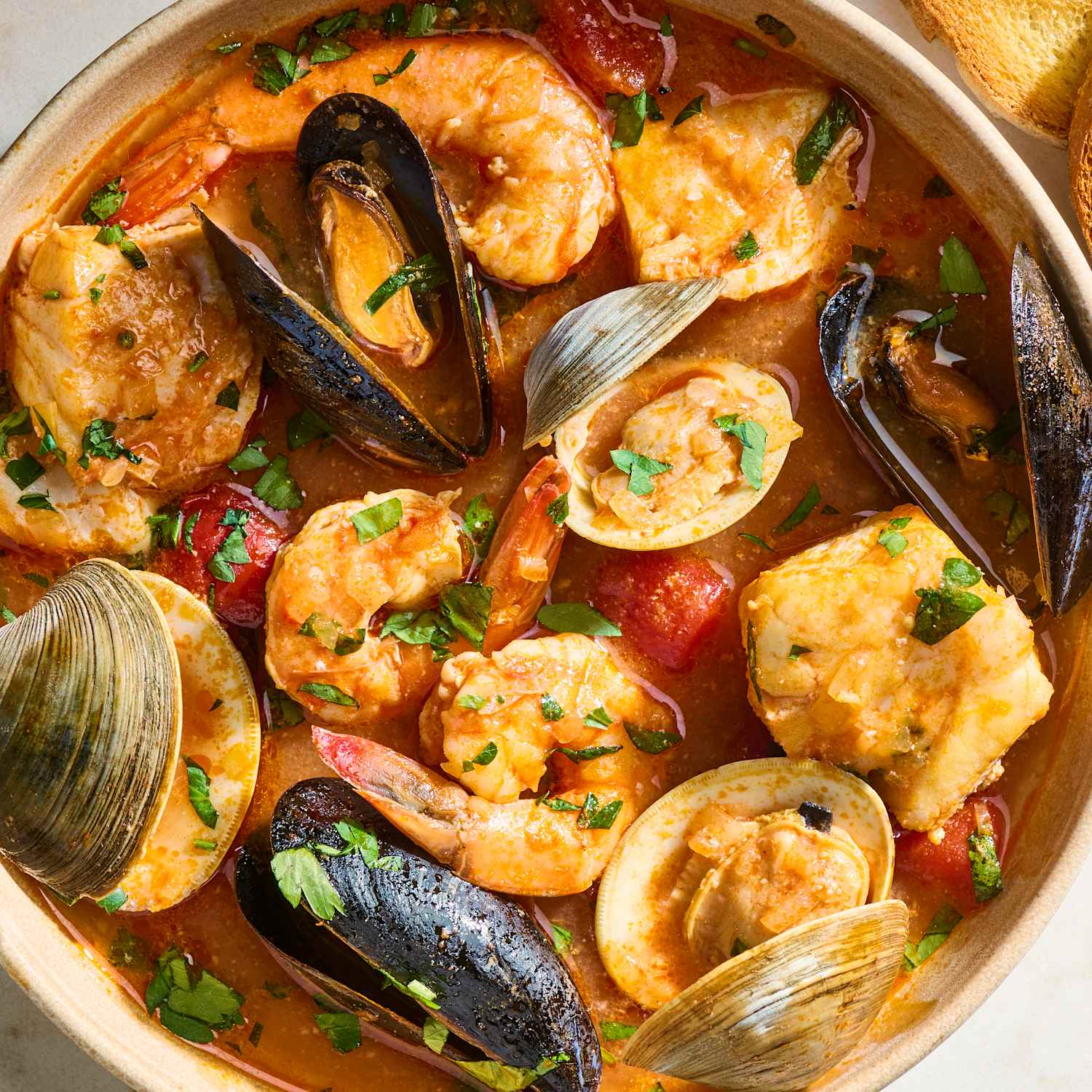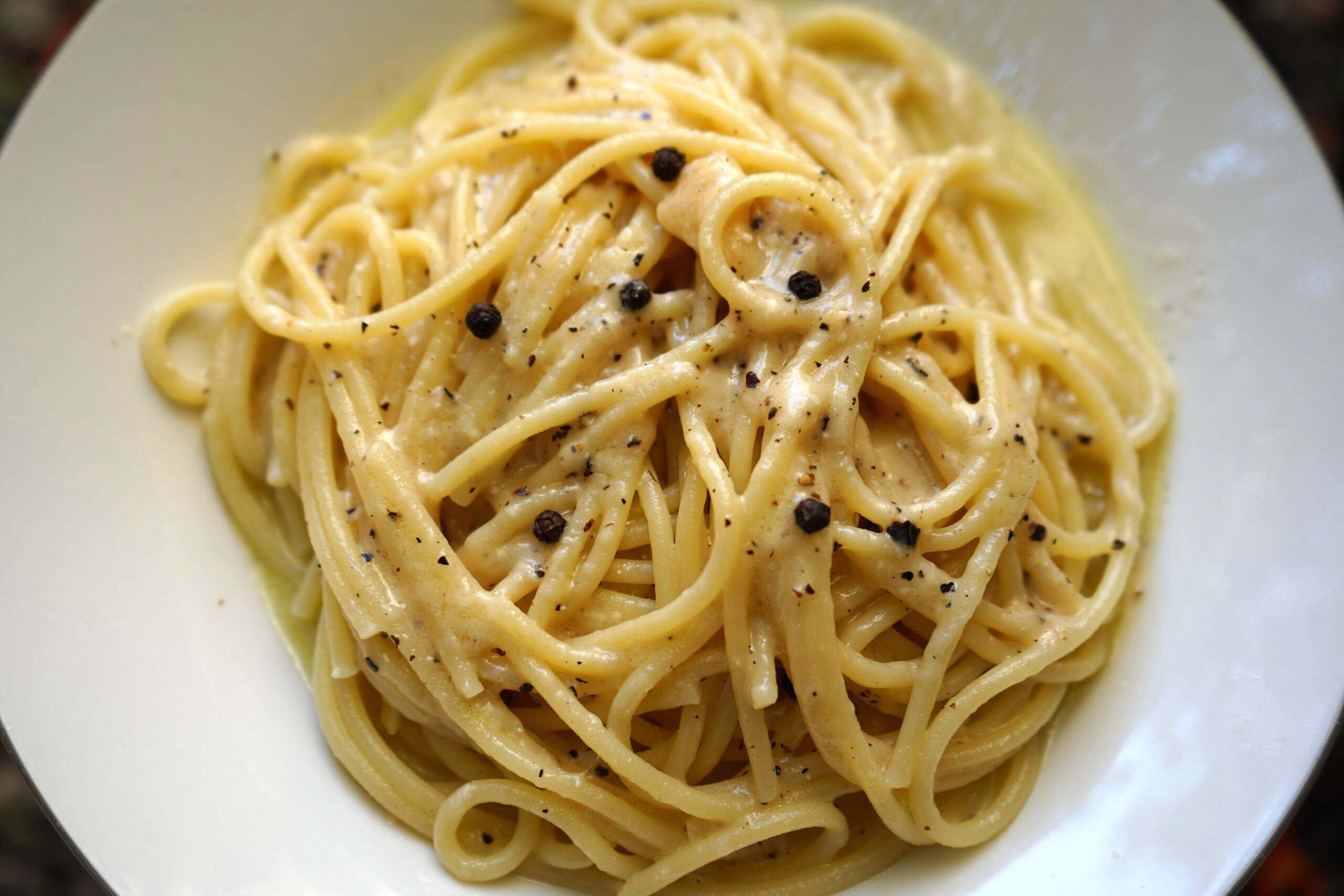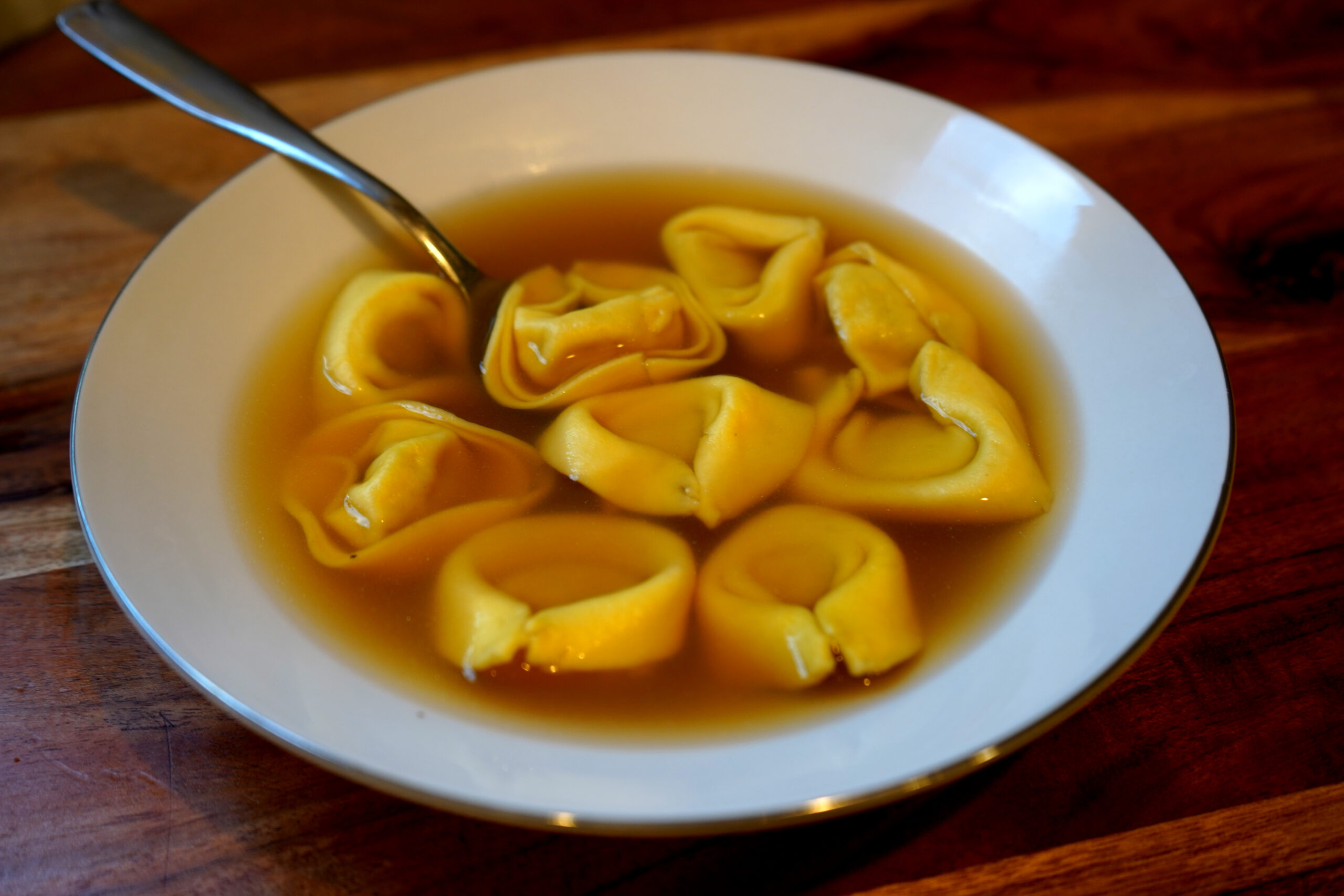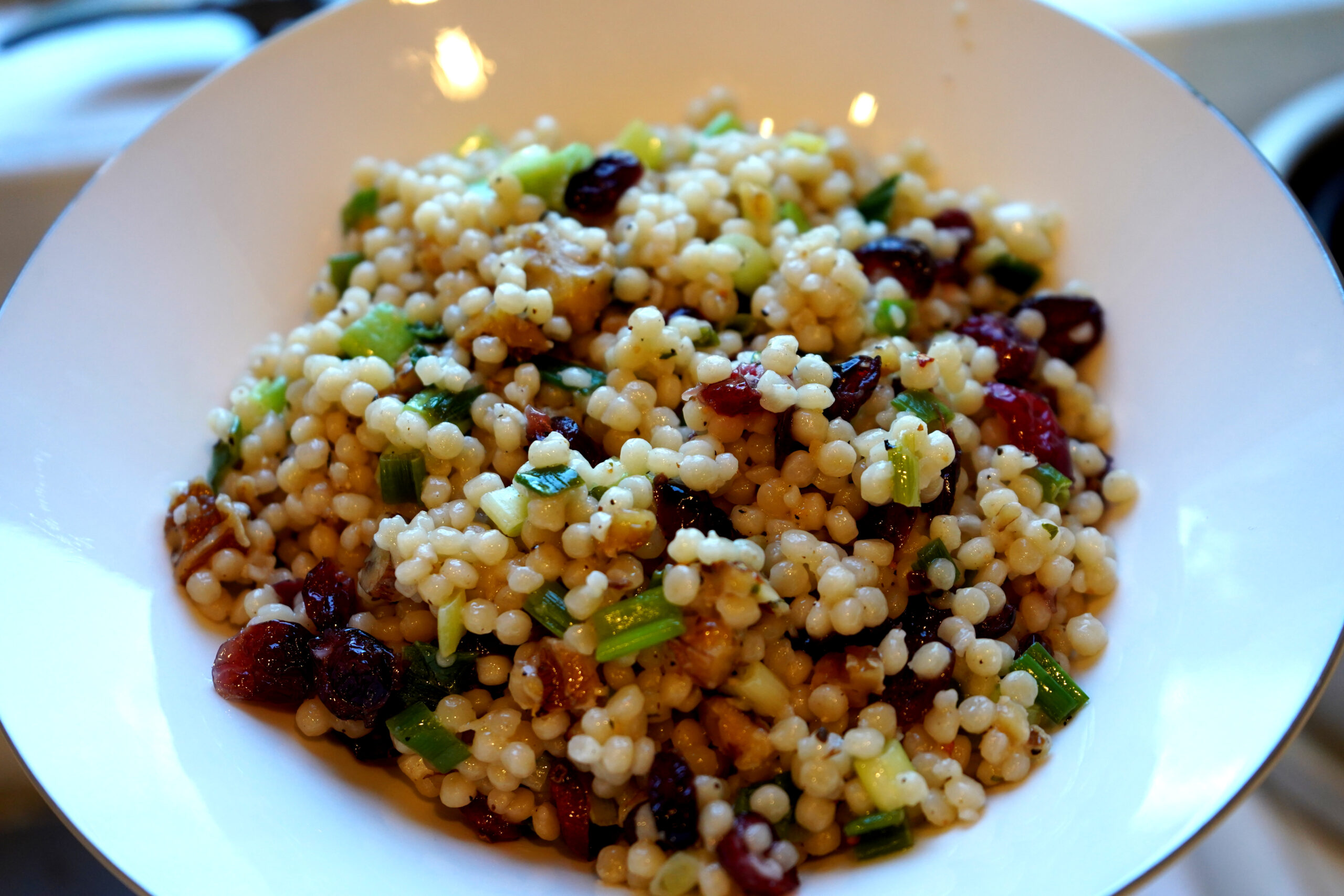The Ultimate Italian Comfort: Orecchiette With Turnip Greens
Orecchiette con le Cime di Rapa: A Pugliese Christmas Classic
In Puglia, the holidays aren’t complete without a dish that tells the story of the land itself: orecchiette con le cime di rapa. At first glance, it looks simple — pasta, greens, olive oil. But like so many dishes born in southern Italy, its simplicity is deceiving. Behind the rustic appearance lies centuries of tradition, passed from one generation to the next in flour-dusted kitchens where time seems to slow.
The “little ears” of pasta — orecchiette — are shaped by hand at kitchen tables. Women would sit together, rolling, cutting, and pressing each piece with a practiced flick of the thumb. Every ear is slightly different, like fingerprints, each one a mark of the hands that made it. And those tiny bowls of pasta aren’t random — they’re designed to catch the sauce, to hold onto the oil, garlic, and flecks of greens in just the right way.
The greens themselves — cime di rapa, or turnip tops — are earthy, slightly bitter, and deeply tied to the southern soil where they’ve been grown for generations. Their sharpness balances the richness of the pasta. Anchovies melt into olive oil, garlic perfumes the air, and chili flakes sometimes sneak in, just enough to give the dish its fiery undertone.
It’s proof of what Italian cooking does best: elevating humble ingredients into something extraordinary.
Orecchiette at Christmastime
In many Pugliese homes, this dish appears around Christmastime, when families return to the same kitchens they grew up in. The air fills with chatter, the clinking of glasses, and the steady rhythm of pasta-making. While some might roast grand meats or serve elaborate courses, here, orecchiette con le cime di rapa carries the weight of tradition.
It’s not just a meal — it’s a symbol of Pugliese identity. A reminder that holiday feasts don’t need extravagance to feel special; they only need honesty, seasonality, and a table full of people to share them with.
Every bite of orecchiette is layered with meaning: the hand-rolled pasta, the greens plucked from winter soil, the anchovies pulled from southern seas. It’s Christmas on a plate, but it’s also resilience, resourcefulness, and a deep respect for what the land provides.
The Humble Elegance of Orecchiette
One of the things I love most about orecchiette is how unpretentious it is. No glossy sauces. No complicated techniques. Just real food, prepared with intention.
And yet, when you sit down to a steaming plate, there’s elegance in its honesty. The bitterness of the greens wakes up your palate, the garlic anchors everything, and the pasta cradles each flavor like it was designed for it. Which, of course, it was.
This is the dish that reminds you Italian food isn’t about extravagance — it’s about balance. About coaxing the best out of every ingredient. About bringing people together over something that feels both everyday and sacred at the same time.
Cooking Orecchiette Like a Local
If you’ve ever made orecchiette at home, you know the rhythm of it. The dough is just semolina flour and water — no eggs, no frills. Kneaded until elastic, rolled into ropes, cut into coins, then pressed and dragged with a knife or thumb to form the signature “ear.”
Here are a few tips for success:
- Use semolina flour: Regular all-purpose flour won’t give you the same texture. Semolina creates that firm, chewy bite orecchiette is famous for.
- Don’t rush the shaping: The first few might look clumsy, but once your hands find the rhythm, it becomes almost meditative. Imperfection is part of the charm.
- Dry them slightly: If you’re not cooking them right away, let the orecchiette sit on a floured tray for a couple of hours. It helps them hold their shape.
- Salt your water like the Adriatic: Southern Italians don’t skimp on salt in pasta water. It’s the foundation of flavor.
Cooking the greens is equally important. Blanching them in the pasta water before tossing with garlic and anchovies softens their bitterness but keeps their soul intact. The whole dish comes together in one pot, rustic and efficient — just like the kitchens it comes from.
Wine Pairings for Orecchiette con le Cime di Rapa
Wine isn’t optional here; it’s part of the experience. And Puglia, of course, offers the perfect matches.
- Fiano (white): A crisp, slightly floral wine that cuts through the richness of the olive oil and balances the greens.
- Primitivo (red): Bold, fruity, and full-bodied — if you like red with everything, this works beautifully with the anchovy and garlic notes.
- Rosato di Puglia: Dry rosé is a natural companion, refreshing yet structured enough for the bitterness of the rapa.
Even a chilled glass of local white table wine feels right — nothing fancy, just honest, like the dish itself.
Variations on a Classic
Tradition matters, but so does flexibility. Over the years, families have adapted this dish in countless ways:
- With sausage: A popular variation adds spicy Italian sausage, crumbled and sautéed with the garlic and anchovies.
- With breadcrumbs: Toasted breadcrumbs sprinkled on top add crunch and a nod to cucina povera traditions.
- With broccoli rabe substitute: If you can’t find authentic turnip greens, broccoli rabe (rapini) makes a close stand-in.
- With pecorino cheese: Some families finish the dish with a dusting of sharp pecorino, though purists might argue it’s not traditional.
Each version tells a slightly different story — but at the heart, it’s always about orecchiette catching and holding onto the soul of the sauce.
Bringing Puglia to Your Table
Maybe you’re not in Bari, Lecce, or Brindisi. Maybe your kitchen window overlooks city streets instead of olive groves. But the beauty of orecchiette con le cime di rapa is that it travels.
With a bag of semolina, a bundle of greens, and a drizzle of good olive oil, you can summon the spirit of Puglia no matter where you are. And when you set it down in front of your family — even if it’s just a weeknight — it transforms the meal into something more.
Because this isn’t just pasta. It’s heritage. It’s memory. It’s the kind of dish that makes you feel part of something bigger, even if your grandmother never rolled an orecchietta in her life.
Why Orecchiette Feels Personal
This dish is close to my heart for another reason, too. My family is from Lucera, a small town in northern Puglia, and when I traveled there for research for my book, I had one of those unforgettable experiences where food, family, and kindness all came together.
It was my first evening there, and I hadn’t yet adjusted to the rhythm of Italian life. Dinner in Puglia doesn’t start until 8 p.m., but I was jet-lagged, starving, and wandering around a town that seemed to have rolled up its sidewalks. I went back to my hotel, defeated, and confessed that I hadn’t eaten all day.
What happened next still makes me smile. The hotel called a local restaurant, and instead of brushing me off, the owners sent someone to pick me up. Imagine that — an American traveling alone, not realizing how things worked, and suddenly being scooped up and taken to dinner as if I were family.
When I sat down, they didn’t hand me a menu or fuss about options. They brought me a plate of orecchiette con le cime di rapa — the most Pugliese dish there is. The pasta was handmade, the greens just bitter enough, the olive oil bold and peppery. Every bite felt like it carried the spirit of the place, like the town itself was saying, benvenuta, welcome home.
That plate of orecchiette wasn’t just a meal. It was a reminder of why this dish means so much: it’s about generosity, belonging, and the way food in Puglia is never just food — it’s hospitality, tradition, and love on a plate.
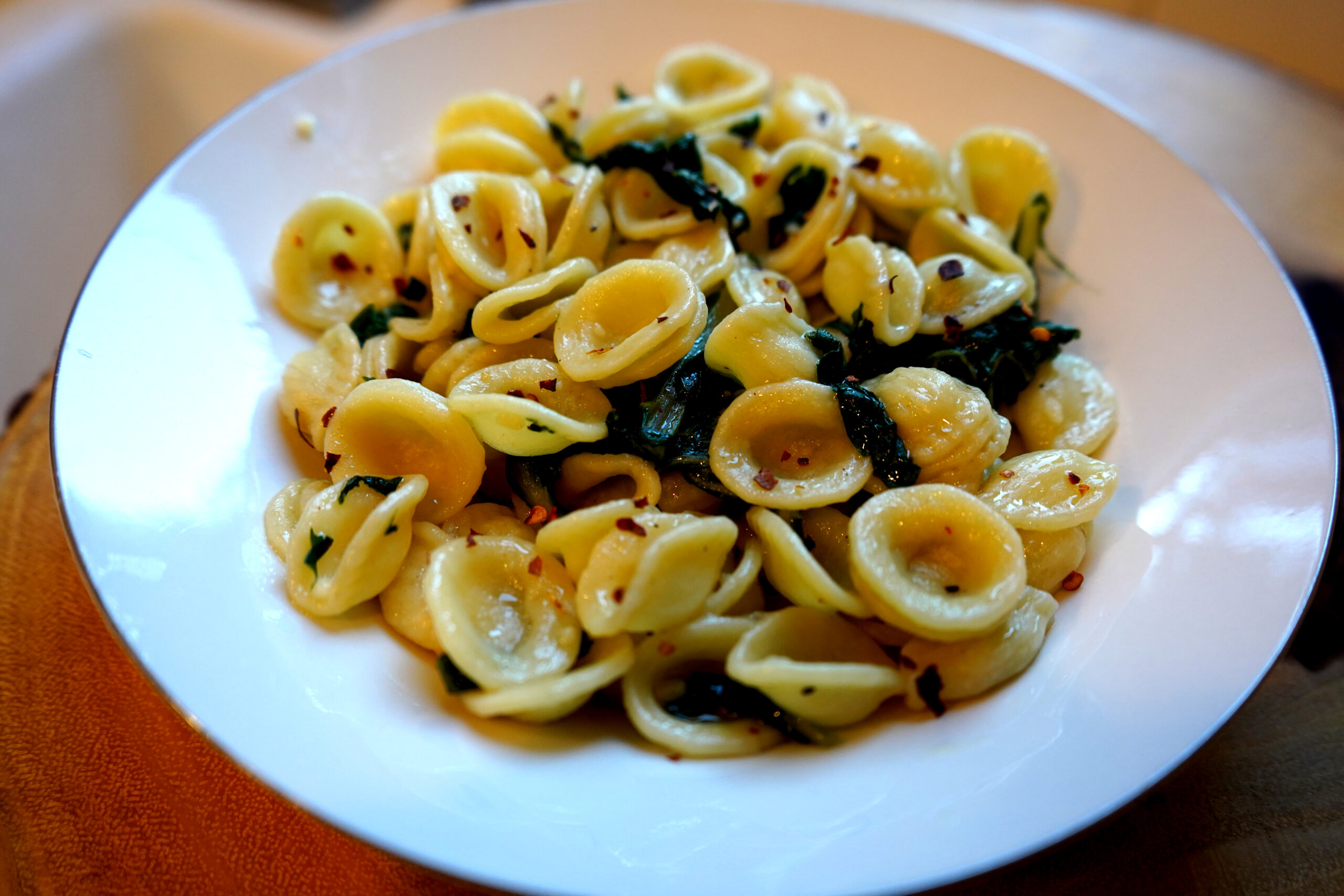
Orecchiette con le Cime di Rapa (Orecchiette with Turnip Greens)
Ingredients
Method
- Trim tough stems from the turnip greens, keeping leaves and tender stalks.
- Rinse well and set aside.
- Bring a large pot of salted water to a boil.
- Add the turnip greens and cook for 5 minutes.
- Add the orecchiette to the same pot and cook until al dente (about 10–12 minutes for dried, 5–7 for fresh).
- Reserve 1 cup of pasta water, then drain.
- In a large skillet, heat olive oil over medium heat.
- Add garlic and anchovies; cook until garlic is fragrant and anchovies melt into the oil.
- Add red pepper flakes if using.
- Add drained pasta and greens to the skillet. Toss well to coat, adding a splash of reserved pasta water to loosen if needed.
- Taste and adjust seasoning.
- Plate warm, with a drizzle of olive oil and a light sprinkle of grated cheese if desired.
Notes
- In Puglia, this dish is often served without cheese, letting the bitterness of the greens and the umami of the anchovies shine. But Pecorino is a common addition outside the region.
- If you can’t find cime di rapa, use broccoli rabe (rapini), which is similar in flavor.
- A crisp white wine like Verdeca or a light red like Negroamaro pairs perfectly.

